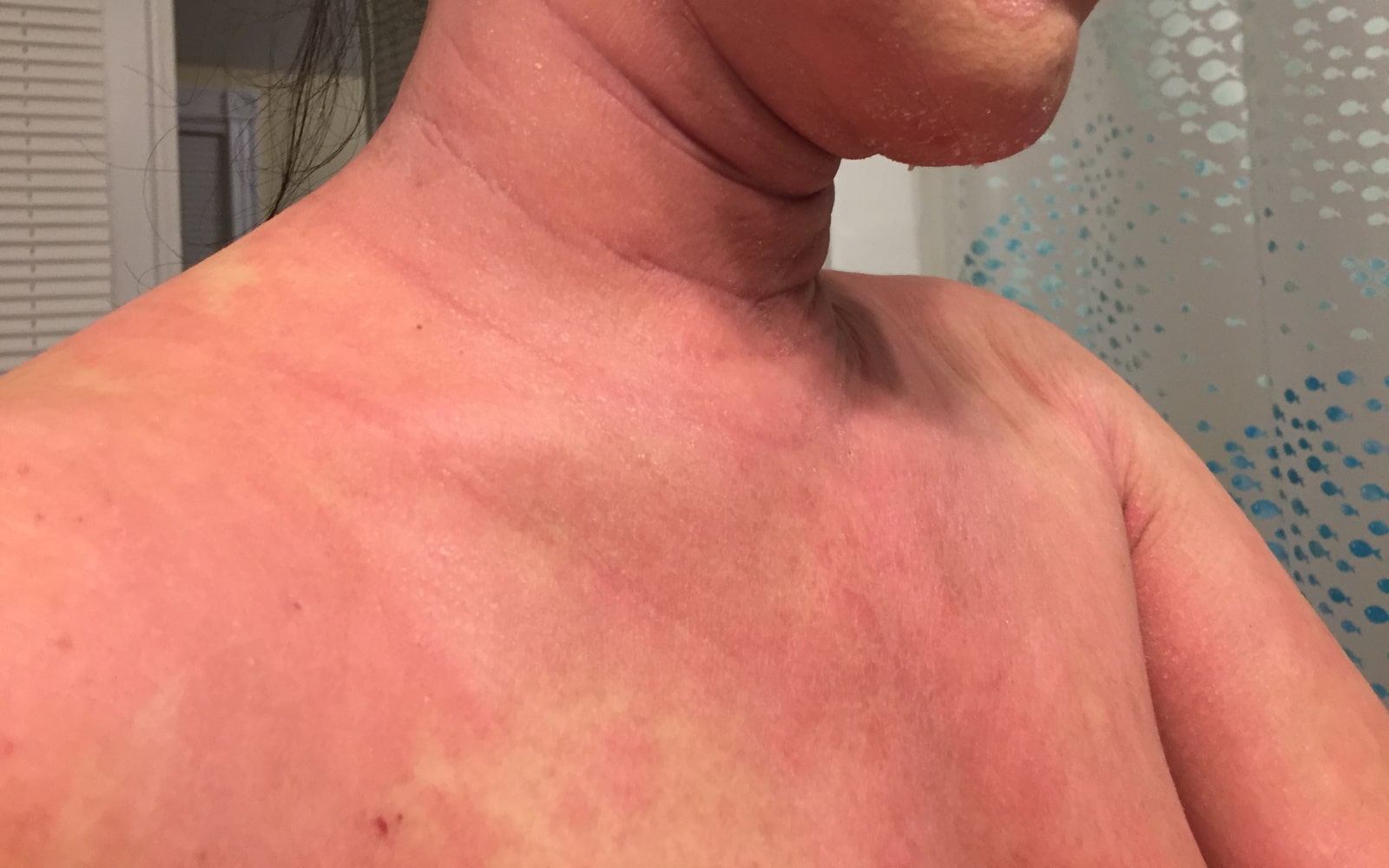For managing eczema, topical steroid creams are among the most popular options. In the majority of cases, these treatments are both effective and harmless. However, it is possible for patients using this treatment to develop topical steroid withdrawal. This condition can take time to develop, sometimes appearing weeks after the patient has stopped using the treatment. When it does occur, the patient will develop symptoms, including swelling or severe rashes. The reason some patients develop the condition and others don’t isn’t well understood.
What We Know about Topical Steroid Withdrawal
This condition is relatively rare, leading to little information on who is affected and how often. Thousands of patients use the topical steroids that are the culprit all over the country to address the scaling and itching that occurs with eczema. Topical steroids are frequently prescribed to those suffering from eczema. As a result, most TSW sufferers are found among those with this condition. However, it also appears in those who use topical steroids to treat other skin conditions.
Some of the research available indicates that those who have previously used topical steroids are more likely to develop the condition when treating eczema. These individuals are also more likely to develop an itchy rash that develops nodules similar to acne.
There is a range of symptoms associated with TSW that include the following:
- Painful Rash
- Insomnia
- Fatigue
- Hair loss
- Chills
- Depression
Diagnosis of the condition can be tricky due to its being extremely rare. There are no tests that are currently performed to identify the condition. Your dermatologist will visually inspect your symptoms to determine if you are facing TSW. They will also use information from your medical history to aid in the diagnosis. Some indicators that suggest you may be suffering from TSW include:
- Previous use of topical steroids for a year or more
- Cessation of topical steroid use within the past few months
- A burning, painful, or stinging rash
- Rash development in areas previously unaffected by eczema
- Swelling and redness that covers significant portions of your legs or arms
Currently, there is no standard approach to treating TSW. Instead, each provider will work with the patient to develop a course of treatment. Many of the treatment approaches used today include:
- Gradual cessation of the use of steroid creams
- Immediate cessation of steroid cream use
- Introduction of oral corticosteroids
- Applying cold compresses
- Taking antibiotics to address secondary infection
Reach Out To Your Allergy Specialist For More Information
If you’ve recently stopped using topical steroids and are concerned about symptoms you’ve developed, speak to your specialist. They can assess your case and take steps to develop an appropriate treatment plan for your symptoms. While TSW is still undergoing research, healthcare providers can help you find relief. Call today and start taking steps to get your symptoms under control. If you’re currently on topical steroids and are considering stopping your treatment, call your specialist to get their advice first.


